In a much-anticipated reveal, King Charles III’s first official portrait since becoming king has sparked widespread conversation. Public reactions and critics’ opinions are far from mild, igniting lively debates on social media and among art enthusiasts. It’s evident that King Charles’ portrait is poised to be one of the most discussed royal artworks in recent memory.
Revealing the artwork
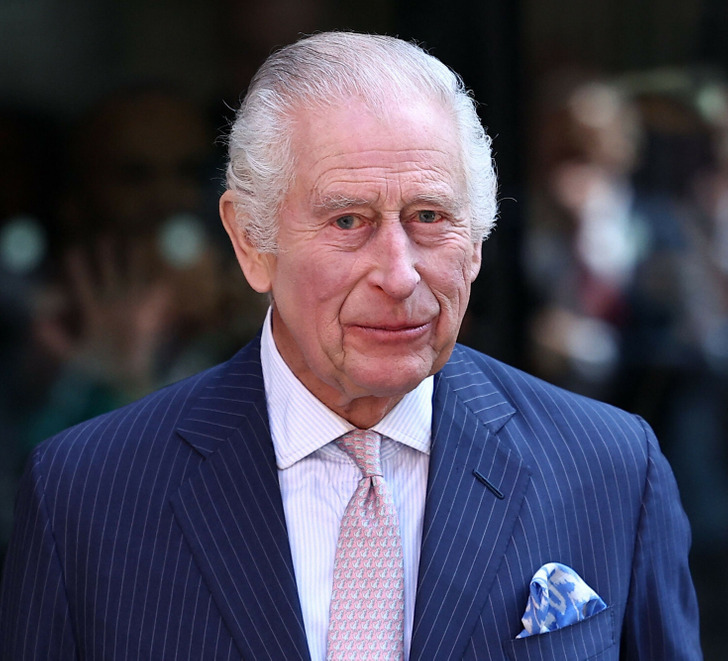
Recently, King Charles III revealed a new portrait of himself at Buckingham Palace, marking the first since his coronation. The Royal Family’s Instagram account posted an exclusive video showing the king presenting the artwork.
This notable portrait will eventually be showcased at Drapers’ Hall in London, joining its esteemed art collection and providing the public with a chance to see the monarch’s regal image.
The comments section quickly became a hotbed of debate.
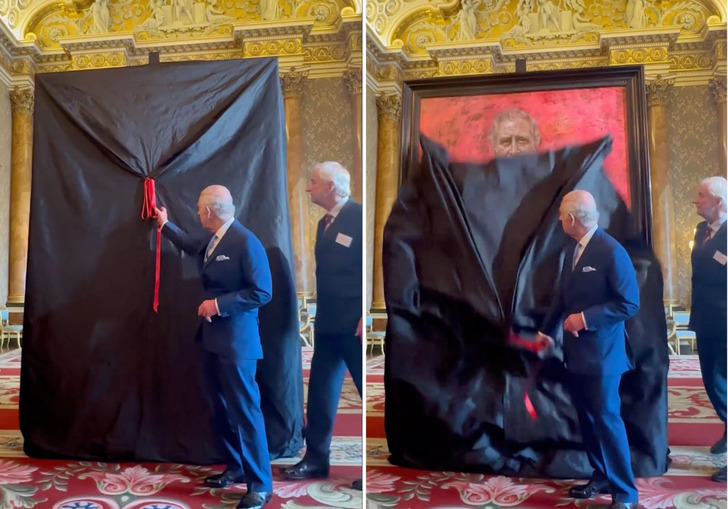
The unveiling ignited a heated debate in the comments on the Royal Family’s Instagram post and other social media platforms. Opinions were sharply divided, with some users harshly criticizing the portrait. Comments included, “I would be very upset and offended if this was my royal portrait. It looks like a floating head in a sea of red. This is awful. Horrendous.”
One person said, “This is terrifying. Red is ALWAYS a bad sign unless it’s roses. This looks like a blood bath,” while another added, “It looks like it’s on fire.”
Despite the negative feedback, there were also positive remarks such as, “I love the portrait. It’s beautiful.” These mixed reactions highlight the polarizing nature of the portrait and the strong emotions it has stirred among the public.
What it actually represents
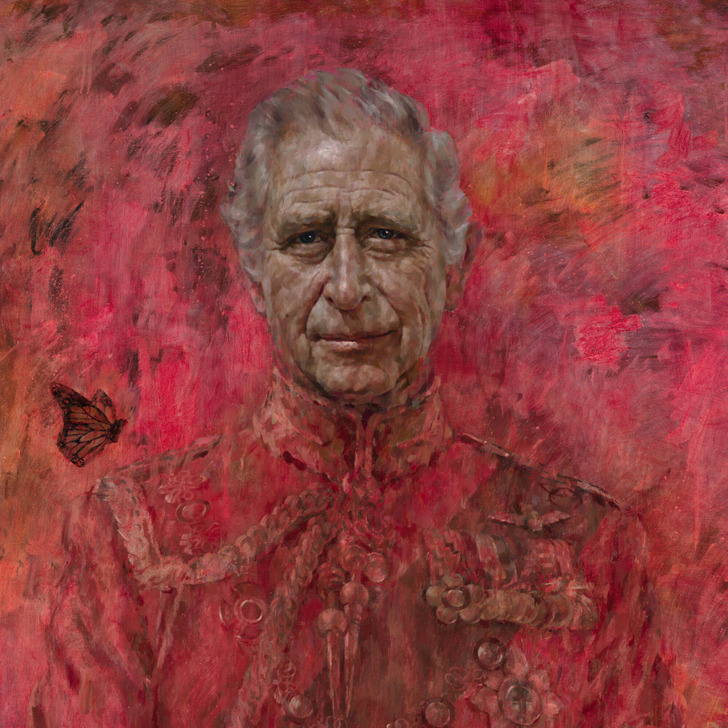
Jonathan Yeo, a well-known artist renowned for his innovative style in painting people, has gained praise for his ability to merge classic techniques with new ideas in portraiture. Yeo’s method involves more than just painting what someone looks like; he delves deep into the personalities of his subjects to capture their true essence.
In his latest work portraying King Charles III, Yeo stayed true to this approach. He aimed to strip away any distractions in the painting, focusing solely on allowing viewers to connect with the person behind the royal title. By spending time with the king and understanding him on a personal level, Yeo was able to create a portrait that goes beyond surface appearances and reveals the human within.
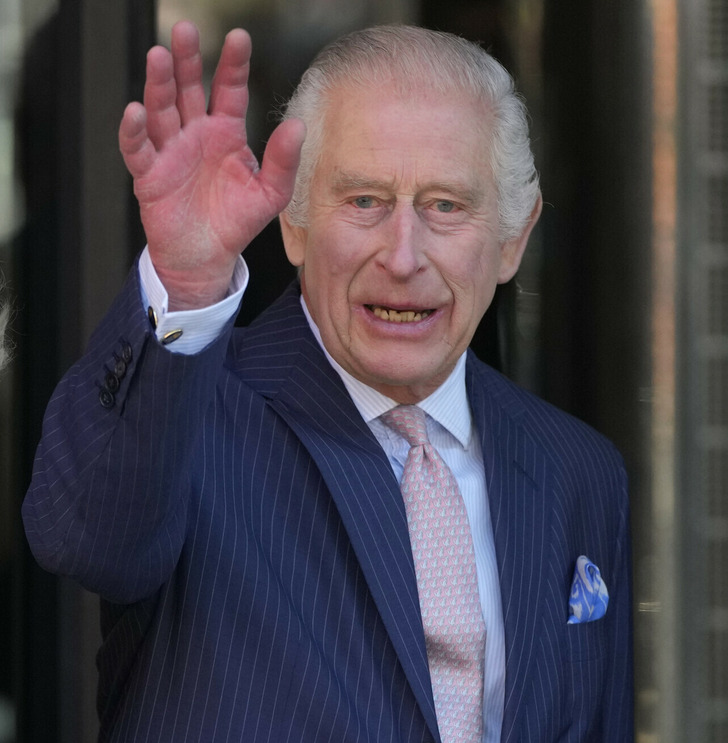
In Yeo’s portrait of King Charles III, one striking detail is the presence of a butterfly. This butterfly isn’t just a random addition; it holds deep symbolism and serves multiple purposes. Yeo explained that beyond representing the beauty of nature, the butterfly also highlights the environmental causes that the King has long supported, even before they became widely discussed.
Moreover, the butterfly adds visual interest to the portrait, breaking the uniformity and adding layers of meaning. In art history, butterflies often symbolize transformation and renewal, mirroring the King’s journey from Prince to monarch during the time the portrait was painted. This choice underscores the significant changes in King Charles’s life.
Yeo expressed his gratitude for the opportunity to create such an important portrait, “To try and capture that for His Majesty The King, who occupies such a unique role, was both a tremendous professional challenge and one which I thoroughly enjoyed and am immensely grateful for.”
Explore King Charles III’s life in-depth with 8 Things About King Charles III That Will Help Us Understand Him Better. Delve beyond his royal image to uncover intriguing insights into his interests, personal stories, and distinctive characteristics.
Boxer who failed gender eligibility test Imane Khelif wins gold medal in Olympic final
Last year, the International Olympic Committee made the significant decision to revoke its recognition of the International Boxing Association (IBA) as a global governing entity, citing various concerns related to ethics, financial practices, and governance issues. Additionally, the Olympic committee criticized the IBA’s gender testing procedures, labeling them as ‘illegitimate’ and unworthy of any further discussion. Khelif, who was raised as a girl and is identified as female on her passport, spoke about the impact of this controversy during an interview with SNTV on August 4. The 25-year-old athlete expressed in Arabic, “I urge everyone around the world to uphold the principles of the Olympics and the Olympic Charter, and to avoid bullying athletes, as it has profound consequences. It can devastate individuals, harm their mental well-being, and create divisions among people. Therefore, I implore them to stop the bullying. I maintain contact with my family twice a week and hope they are not too deeply affected. They are concerned for my well-being. With hope, I believe this crisis will lead to a gold medal, which would be the most fitting response.”
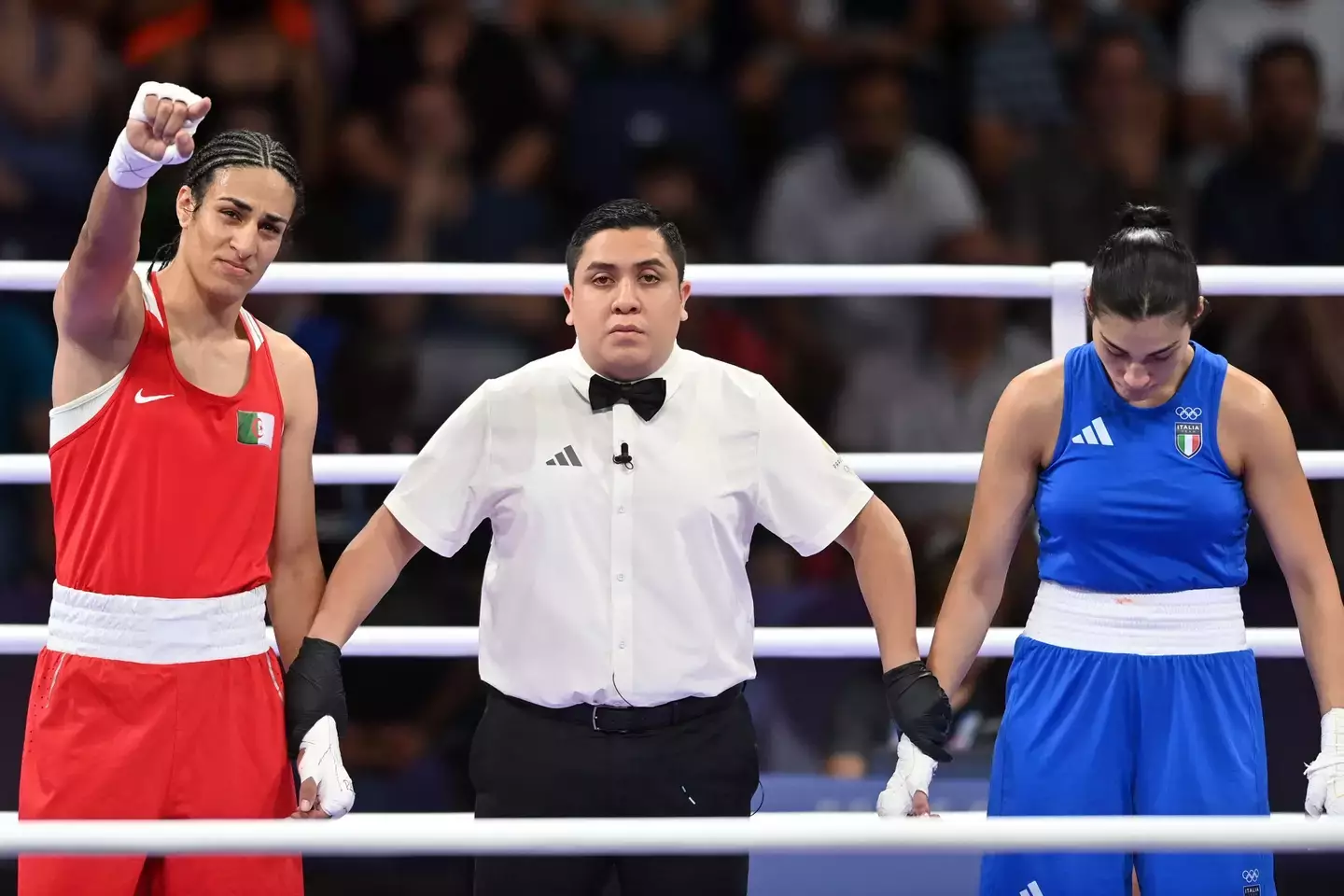
I believe the Olympic Committee has rendered a fair decision, and I am pleased with this outcome as it reflects the truth. I am indifferent to others’ opinions. My focus is on competing for a medal, and I am determined to strive for improvement, with God’s help. I will continue to enhance my skills, just like every other athlete. Khelif’s father also shared his thoughts with the Daily Mail, stating, “Imane has been passionate about sports since she was six, starting with football. The critics and rumors are intended to undermine her, as they do not wish for her to become a world champion. I encourage her to demonstrate her capabilities in the ring, and I hope she brings honor to Algeria and the Arab nations by winning the gold medal. She serves as our role model, inspiring us to emulate her and bring pride to Algeria and Tiaret.”
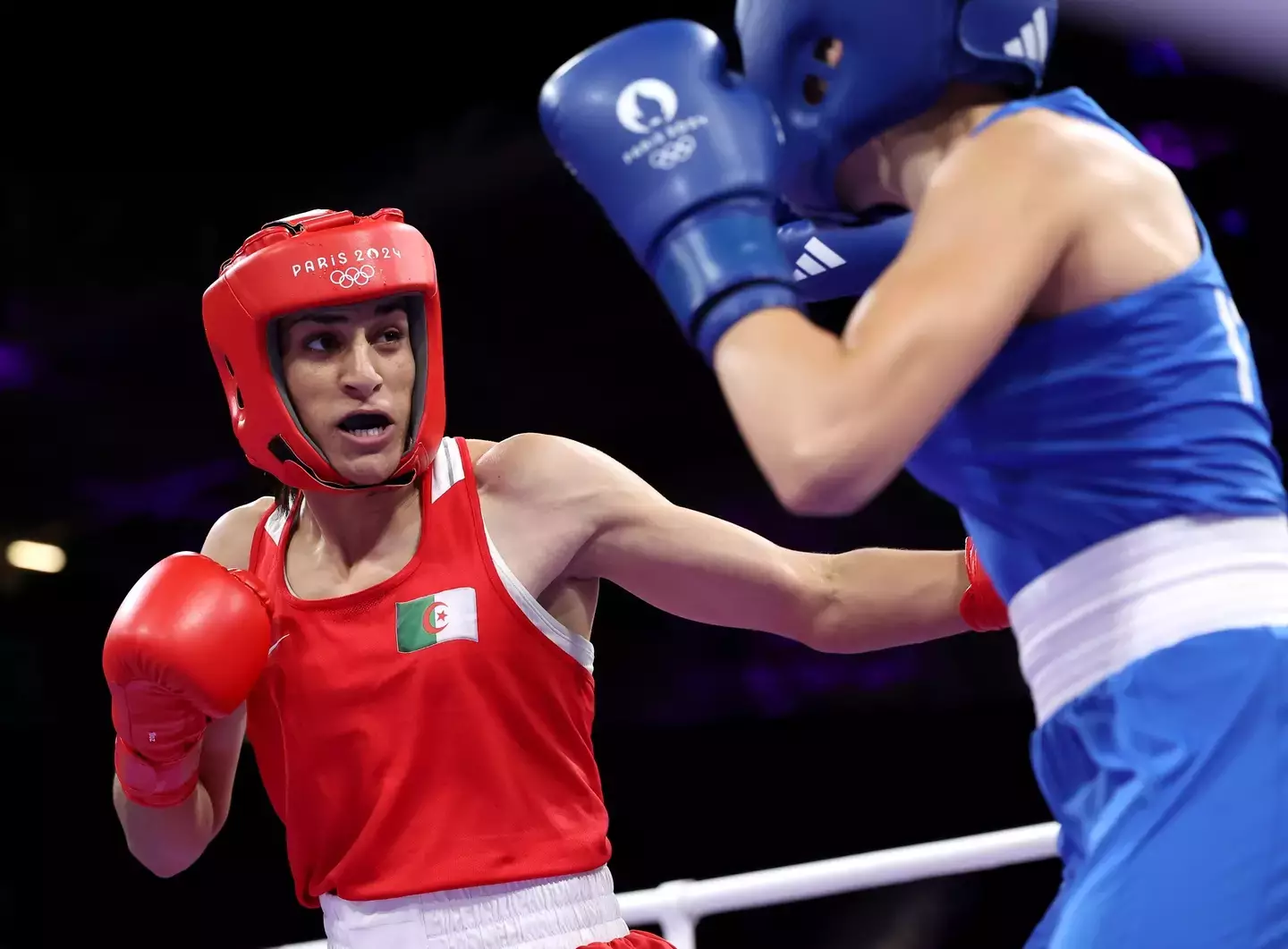
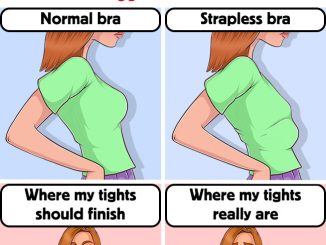
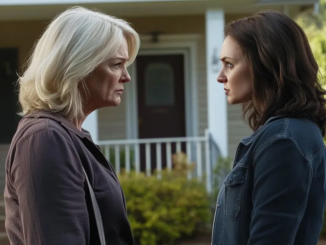
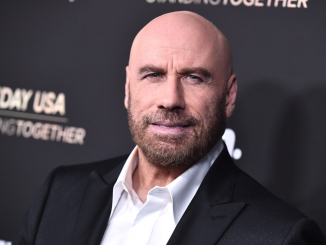
Leave a Reply